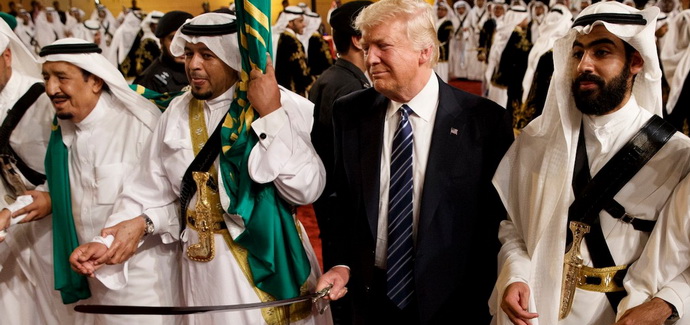This has not happened since 1991 – the large-scale attacks on Saudi Aramcoʼs oil-producing infrastructure during last weekend became a landmark event not only in the four-year conflict in Yemen but also for the entire region.
A group of 10-12 small and primitive kamikaze drone-bombers, equipped with home-made bombs, flew several hundred kilometers and hit dozens of oil facilities around two Saudi cities – Khurais and Abqaiq.
Not far from the first settlement there is the world’s second-largest oil field. And near Abqaiq (the “oil capital” of Saudi Arabia) there is the world’s largest oil refinery, subjected to the greatest destruction.
What’s next: two scenarios
Option #1. To strengthen sanctions and escalate in response to the escalation, thereby raising the stakes and provoking armed clashes with Iran in the Persian Gulf and the Strait of Hormuz.
Option #2. To start a dramatical escalation of rhetoric, but then suddenly hit the brakes and start de-escalation. Saudi Arabia is finally withdrawing from Yemen, having concluded some interim international agreement to end the war, and the US is trying to re-sign the “nuclear agreement” under new terms that will allow everyone to formally save face.
Time will tell which of the options the parties will choose. But the fate of millions of people and the Middle East itself will depend on it.
Iliya Kusa, the expert on international politics, the Ukrainian Institute for the Future
First published: Eurointegration


Вам також буде цікаво:
WHY THE CABMIN WANTS TO TAKE PROFITS FROM STATE-OWNED COMPANIES, ANATOLY AMELIN EXPLAINED
Freight traffic “Ukraine-RF” in Donbass via ORDLO cannot be restored
SLOVAKIA IS AGAINST THE VISIT OF VYACHESLAV VOLODIN BECAUSE OF UKRAINE
If Ukraine will not receive Javelin
WHY ANATOLIY HRYTSENKO “CANNOT MAKE IT”
Demographic crisis in Ukraine: in 10 years working people will be 2 times less than pensioners